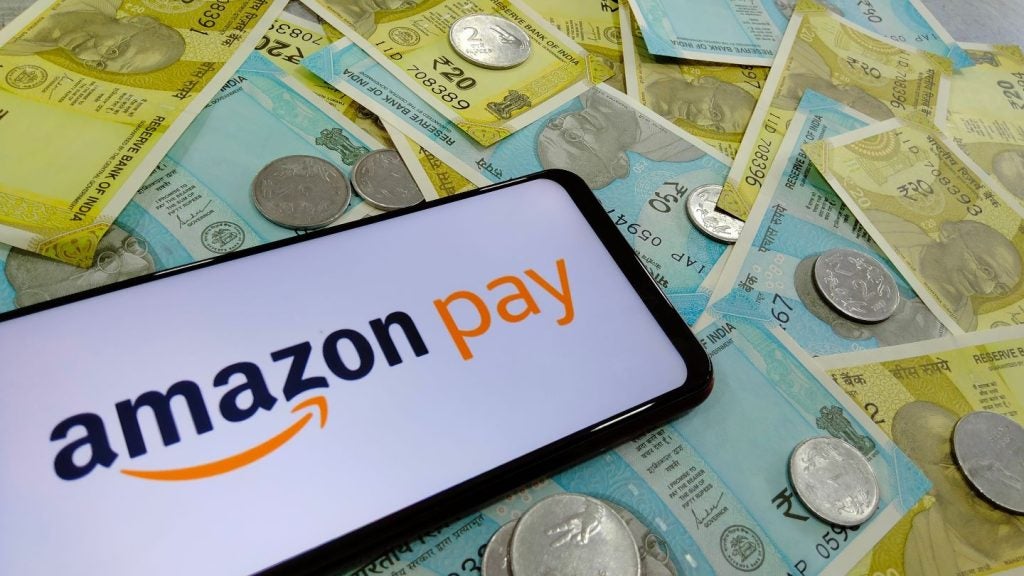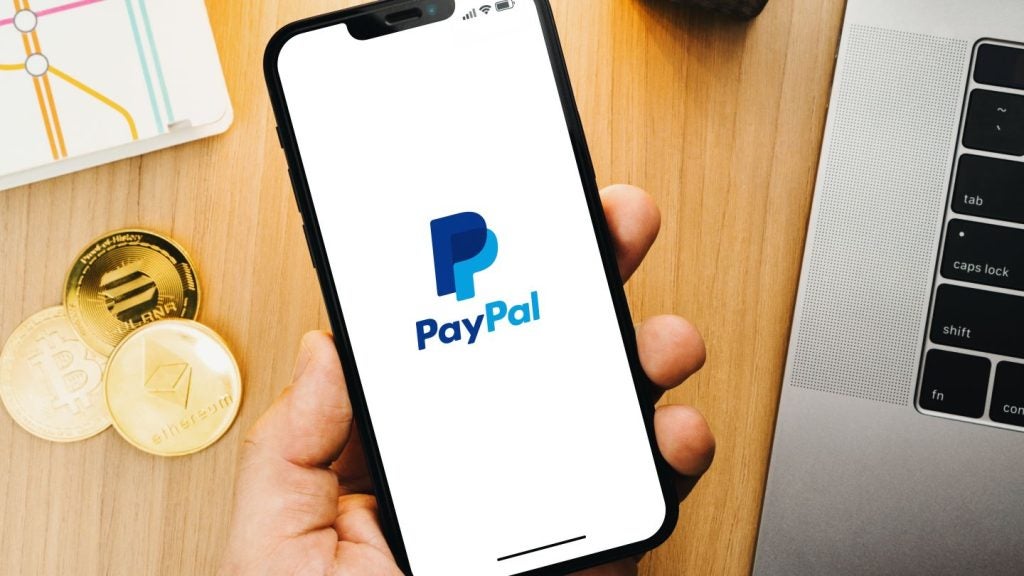For consumers, mobile payments are a convenient and easy way to pay. There are a number of choices out there on the market. Samsung Pay vs Apple pay is a hot topic and they are both popular choices. So how do they compare?
Nowadays, most banks and financial institutions are supported by most of the major mobile payment services. Both Apple Pay and Samsung Pay share a common goal – to allow for consumers to pay card-free and wallet-free.
In both cases, consumers are able to store debit and credit card details securely on their mobile device. We do now live in a ‘Tap and Go’ culture. Bringing convenience, speed and security to mobile payments has rapidly increased consumer usage.
Apple Pay
Apple Pay hit the UK streets in July 2015, bringing seamless payments to anyone with an iPhone. Of course, Apple pay is limited to Apple devices.
In the UK, Apple Pay has a strong presence among banks and retailers. Banks including, HSBC, Lloyds, RBS, First Direct, Santander, TSB and many more.

US Tariffs are shifting - will you react or anticipate?
Don’t let policy changes catch you off guard. Stay proactive with real-time data and expert analysis.
By GlobalDataYou can start using Apple Pay as soon as you add your credit, debit or prepaid card to the in-app Wallet. Apple Pay is compatible with most credit cards and US banks.
There are a number of rewards and benefits that are attached to Apple Pay and it can depend on consumer preference as to what types of rewards are accessible. In-store, Apple Pay can be used on an iPhone or Apple Watch at stores with a compatible checkout card reader.
After making a purchase using Apple Pay, receipts are automatically stored in the Wallet.
The security on Apple Pay has been praised for its strong authentication. Every transaction made requires authentication, using facial recognition, touch ID or the consumers’ passcode.
If your Apple device is lost or stolen, you can suspend or permanently remove the ability to pay from that device.
Furthermore, when paying online, the merchants receiving the payments will only have access to the information a consumer authorises them to view and share to process the order. In a GDPR ecosystem, consumers have even more power of their own data, having complete and transparent control over the data shared and stored.
Sending and receiving money on Apple Pay has been hailed as extremely seamless and secure. Users can send money in messages or even ask AI helper Siri to transfer funds across to another person’s account.
Some of the devices that Apple Pay is supported on include: iPhone 6, iPhone 6s, iPhone 6 Plus, iPhone 7, iPhone 7 Plus, iPhone 8, iPhone 8 Plus, iPhone SE, iPhone X, iPad Air 2, iPad mini 3, iPad mini 4 and iPad Pro models.
Samsung Pay
As stated, Samsung Pay shares the same purpose as Apple Pay, although it is slightly more limited than both Apple Pay and Google Pay.
It was available in countries such as the US and South Korea before it landed in the UK.
Samsung Pay’s contactless capabilities came much later than its rival Apple Pay. It launched its contactless platform in 2017, almost two years after Apple Pay and a year after Android Pay (that is now integrated into Google Pay).
It had a slower start in the UK as both its rivals, Apple and Google offered more services on their app stores. For example, Google Play’s store sells apps, music, podcasts, books and games.
The platform of Samsung Pay is integrated into Samsung Galaxy devices. There are also certain types of payment watches that it is compatible with.
Downloading Samsung Pay is simple and quick. Consumers simply need to install the Samsung Pay app onto their supported mobile device and register the cards that they want to use. Making a purchase is very similar to Apple Pay as well. Simply go into the app and chose the desired card to make the purchase with and verify the transaction with a fingerprint scan.
Samsung Pay uses both NFC technology and magnetic secure transmission (MST) technology. Because of that Samsung Pay is actually compatible with more card readers than Apple Pay is.
Devices that support Samsung Pay include, Samsung Galaxy S9+, S9, Note8, S8+, S8, S7 edge, S7, S6 edge+,S6 edge, S6, A8, A5 2017 and A3 2017.
Samsung Pay vs Apple Pay
Both Apple Pay and Samsung Pay work in very similar ways. The biggest advantage that Apple has is that it offers more services and products through its store. However, Samsung Pay is accepted at more registers because it includes MST, whereas Apple Pay only employs NFC.







